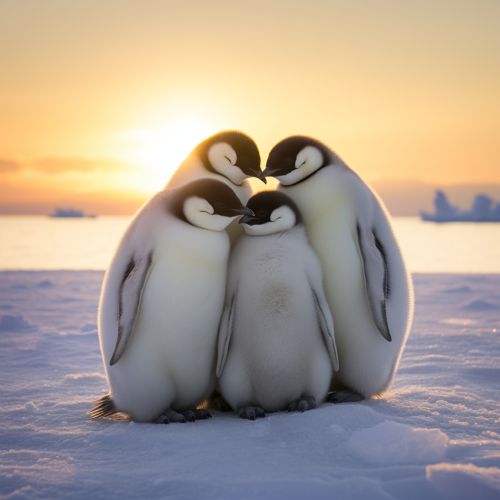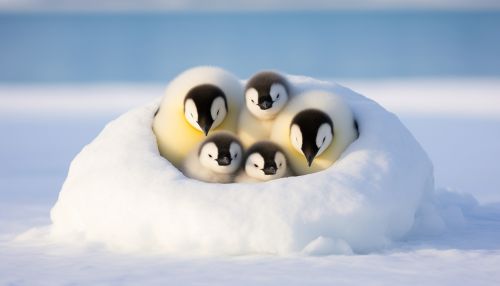The Biological Mechanisms of Animal Adaptation to Life in the Open Ocean
Introduction
The open ocean, also known as the pelagic zone, is a unique environment that presents a myriad of challenges to the animals that inhabit it. These challenges include extreme depths, pressure changes, temperature variations, and scarcity of food and shelter. Despite these harsh conditions, a diverse range of animals have adapted to life in the open ocean, exhibiting a variety of biological mechanisms to survive and thrive. This article will delve into the biological mechanisms of animal adaptation to life in the open ocean, focusing on aspects such as physiological adaptations, behavioral adaptations, and reproductive strategies.


Physiological Adaptations
Thermoregulation
Thermoregulation is a critical aspect of survival in the open ocean, where temperatures can fluctuate drastically. Many animals have developed unique ways to regulate their body temperature. For instance, some species of tuna and sharks are endothermic, meaning they can maintain a body temperature higher than the surrounding water. This is achieved through a mechanism known as countercurrent heat exchange, where warm blood flowing from the heart warms the cold blood returning from the gills.
Pressure Adaptations
The open ocean is characterized by extreme depths, which subjects its inhabitants to immense pressure. To cope with this, many deep-sea creatures have developed adaptations such as flexible bones and collagenous, pressure-resistant bodies. For example, the giant squid has a soft, gelatinous body that can withstand the high pressure of the deep sea.
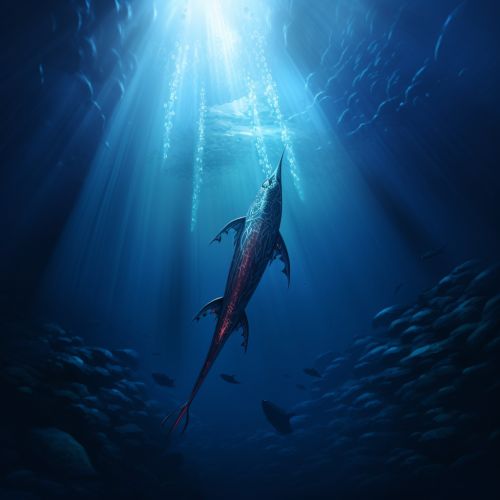
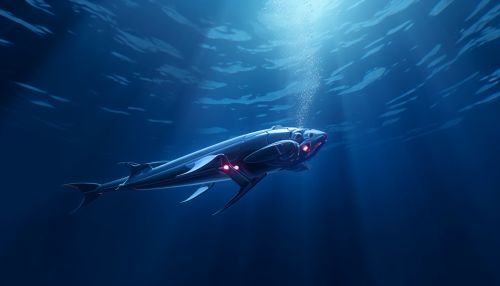
Osmoregulation
Osmoregulation, the control of water and salt concentrations in an organism, is another crucial physiological adaptation. Marine animals like the blue whale have specialized kidneys that can excrete excess salt, allowing them to maintain a stable internal environment despite the high salinity of the ocean.
Behavioral Adaptations
Foraging Strategies
Food is often scarce in the open ocean, prompting animals to develop innovative foraging strategies. Some species, like the leatherback turtle, undertake long-distance migrations to exploit seasonally abundant food sources. Others, such as the sperm whale, dive to great depths to hunt for prey.
Camouflage and Mimicry
Camouflage and mimicry are common behavioral adaptations in the open ocean. Many animals, like the cuttlefish, can change their color and pattern to blend in with their surroundings, making them less visible to predators and prey. Some species of octopus and squid can even mimic the shape and behavior of other marine creatures as a form of defense.
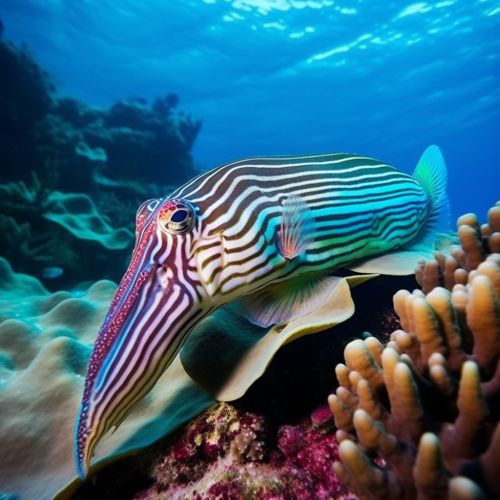
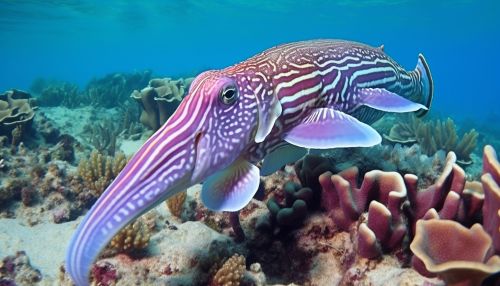
Reproductive Strategies
Reproduction in the open ocean involves unique challenges due to the vastness and unpredictability of the environment. Many species have evolved reproductive strategies to maximize their chances of successful reproduction. For instance, some species, like the moon jellyfish, release large amounts of eggs and sperm into the water, a strategy known as broadcast spawning. Others, such as the emperor penguin, invest heavily in parental care, with males incubating a single egg through the harsh Antarctic winter.
Conclusion
The open ocean is a challenging environment that demands a high degree of adaptation from its inhabitants. Through a combination of physiological and behavioral adaptations, as well as unique reproductive strategies, a diverse range of animals have managed to conquer this vast and unpredictable realm. The study of these adaptations not only provides insights into the resilience and ingenuity of life but also offers potential applications in fields such as biomimicry and conservation biology.
